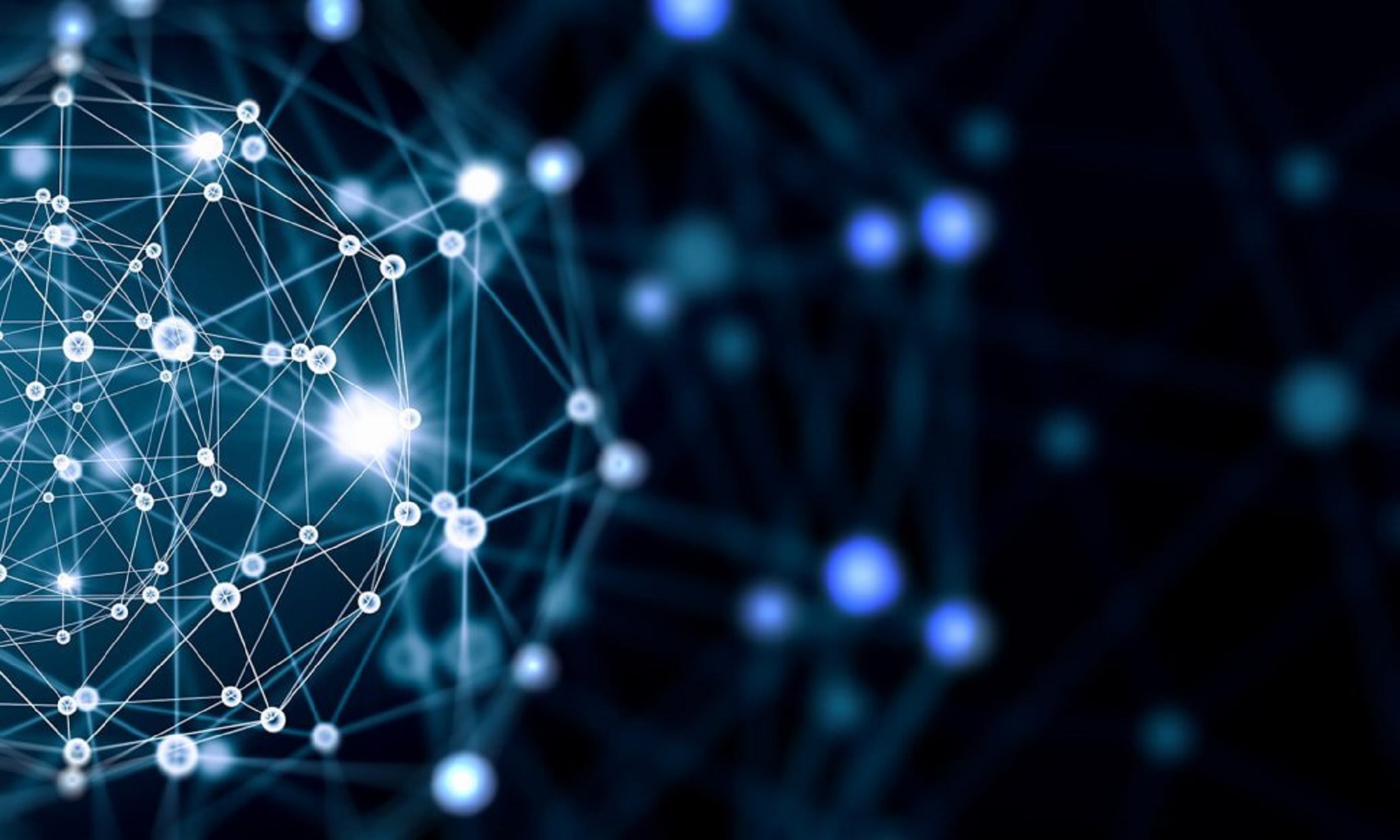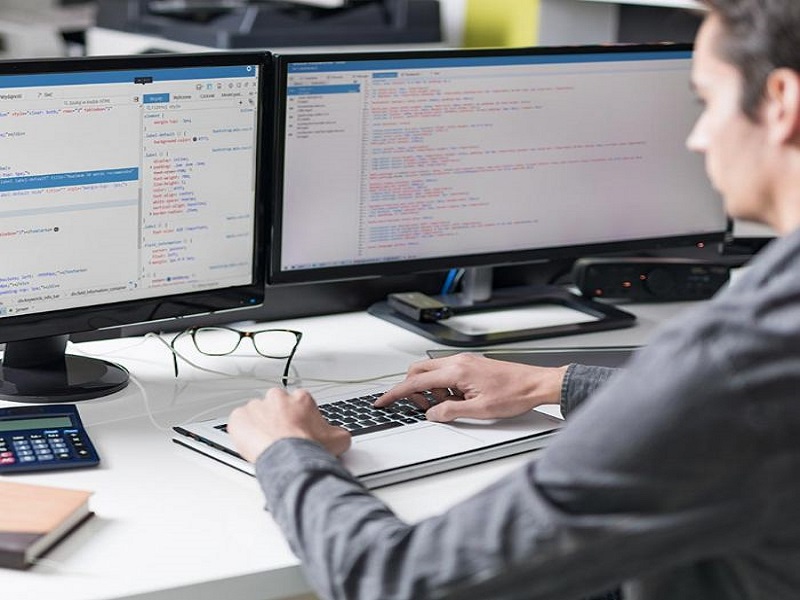
Continuous integration and continuous delivery

What are DevOps Security Best Practices?
December 10, 2018Since its inception DevOps, has promoted growth for developers and have helped them to use efficient tools to deliver products with fewer faults. The aim is to enhance continuous improvement for teams and their clients. This shows two important processes of DevOps, which are continuous integration and continuous delivery which are explained more fully below..
What is Continuous integration and continuous delivery?
Continuous integration (CI) is regarded as a software improvement practice of merging new code with active code on a regular basis. This practice can be completed with automatic tools such as Agile Software multiple times a day. Every merge allows automatic building and testing succession for each particular project.
What is also important, is the programming language used in compilation of a programme. In recent projects, there has been a growing need to package code, using the Docker container. After all the processes above have been implemented, automatic tests confirm specific units of codification. The build stage includes UI behavior, application performance, API reliability and others.
Continuous delivery (CD) is a pattern of automating the integral software release process. The aim is to conduct continuous integration and organize automatic set up to track a software release to production.
What is required in continuous delivery is to let anyone who has privileges to deploy a new release anytime, with a single click of the mouse. When the manual tasks are eliminated, this process improves efficiency and productivity for the development team.
This process usually includes at least one manual step of approving and initiating a deploy to production. In complex applications with several dependencies the continuous delivery pipeline can include extra manual or automatic steps.
What are the differences between CI and CD?
Continuous integration involves temporary feature branches. In this regard the team merges work with the master branch several times per day. The deployment is manual but the team can automate the build and test process to provide the feedback every ten minutes.
With continuous delivery, the whole process of continuous integration is completed. In addition to this, the whole software release process is automated. The process can be combined in multiple stages while the deployment to production can be also be achieved manually.
How do they work together?
Continuous integration happens at the beginning of the system development life cycle (SDLC) when builds are created and tested. Continuous delivery covers the cycle from the beginning of continuous integration and concludes with the release of proven artefacts.
Developers can use these methods by focusing on writing code and not on the details of build, test or deploy. In most situations the CI/CD pipeline is an amply automated process that concludes in functional, running software.
Both continuous integration and continuous delivery can provide developers with a dependable way to deliver their technology to users, which is critical in this field. The DevOps teams benefit from tools that help them automate the pipeline to a point of liberty so that any state brought forward can mechanically be handled by this method without a team having to manage or script out the changes.


